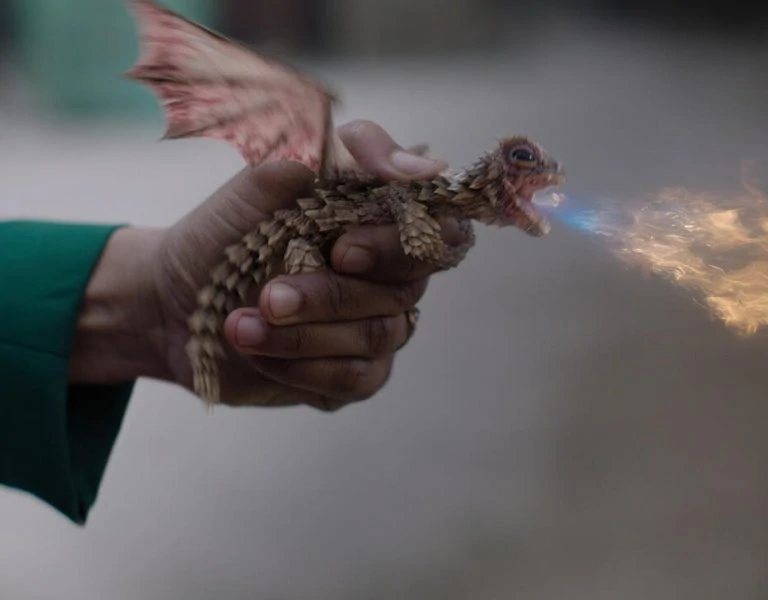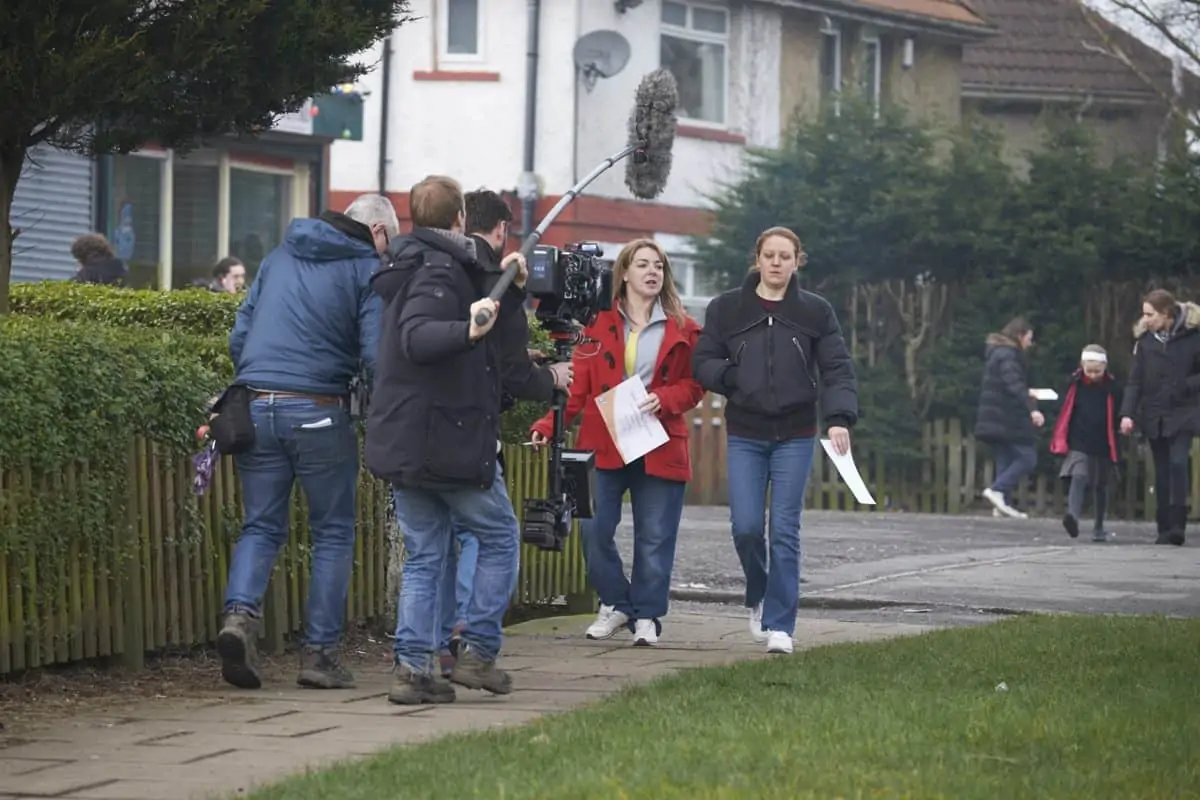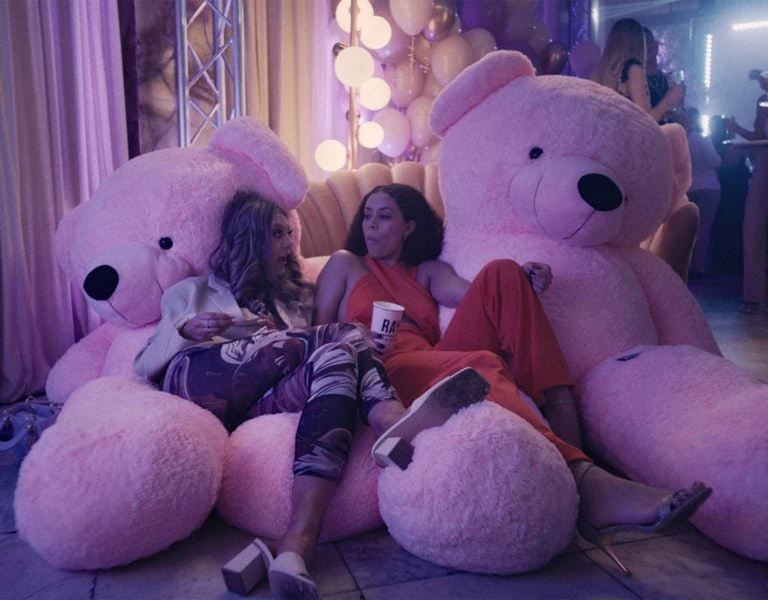Animal magic
Close-Up / BBC Dynasties
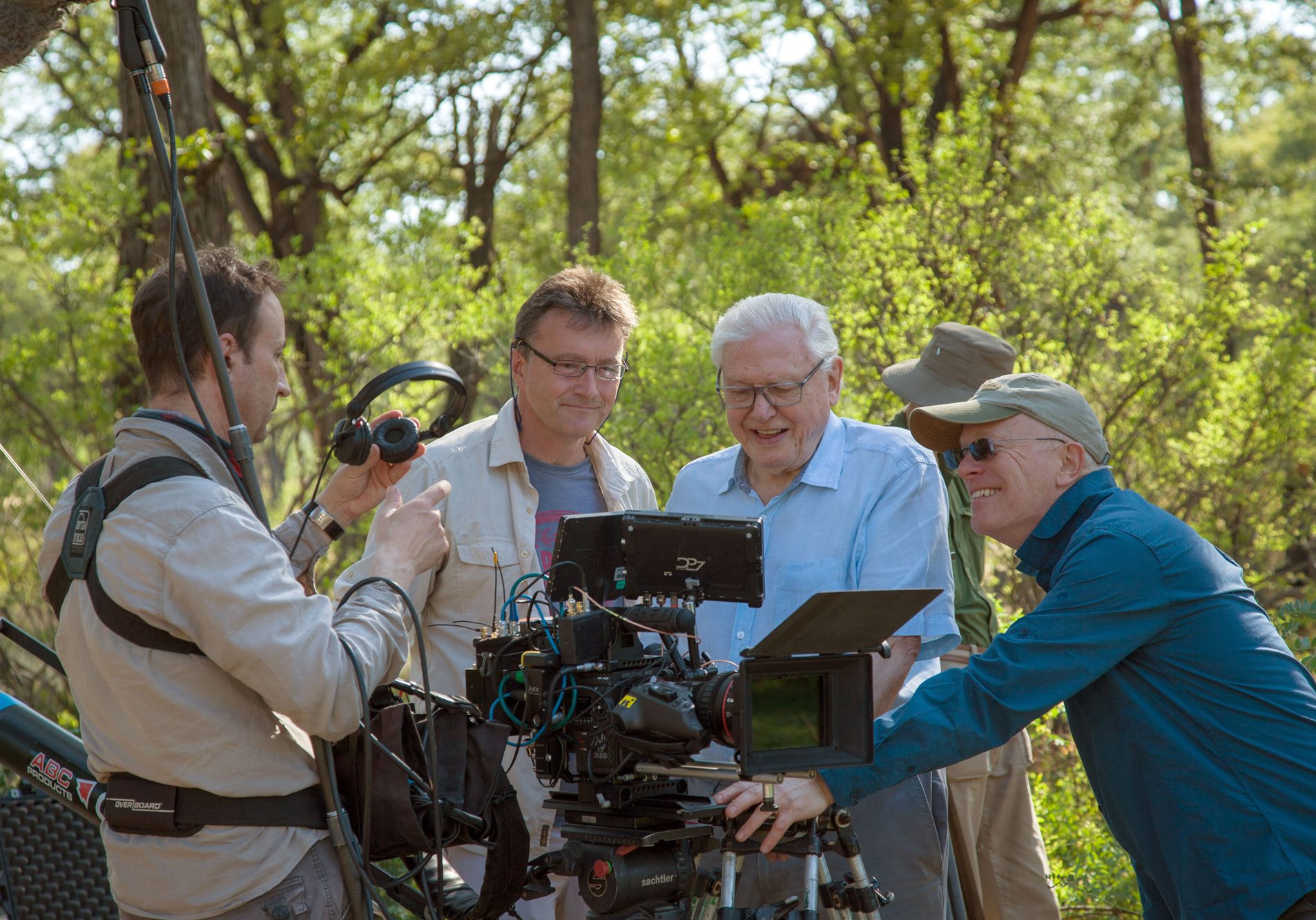
Animal magic
Close-Up / BBC Dynasties
BY: Valentina Valentini
Directing wildlife documentaries is wholly different from directing any other documentary. First off, they're unusually talented camera operators; and second, when it comes to BBC Natural History Unit (NHU, basically the be-all and end-all of wildlife filmmaking), directors are called producers.
Instead of a "director" standing behind the camera, perhaps even operating it if it's a skeleton team, and talking to their subject asking questions that help drive the story forward, you've got a "producer" lying on the ground with wild wolves, singing to them, observing them.
It's a gift, what Nick Lyon does to get the subjects - the actors, if you will - to propel the story forward. His dedication to the painted wolves, the stars of one of the five episodes of BBC's newest David Attenborough documentary Dynasties, shows in every aspect of his filmmaking, from working with expertly trained guides and trackers, to the equipment he chooses and the cinematographers he collaborates with.
Indeed, it is not a one-person show. Attenborough says that "there would be no show" without the filmmakers capturing the animals' stories, and for Dynasties, it began with executive producer Mike Gunton, who's collaborated with Attenborough for the last 30 years. Whilst Gunton knew the equation for a successful nature show, he felt they were getting a bit familiar.
"You find eight fantastic stories within one habitat for each episode and tell them," he says, describing the format, "focussing on a particular element of an animal's life. It was frustrating because there was so much more in their life that was never told, particularly, this never-ending strife and drive to survive. These animals do their little trick and they've got this amazing adaptation that make people go 'Wow!' and then you move on to a different animal."
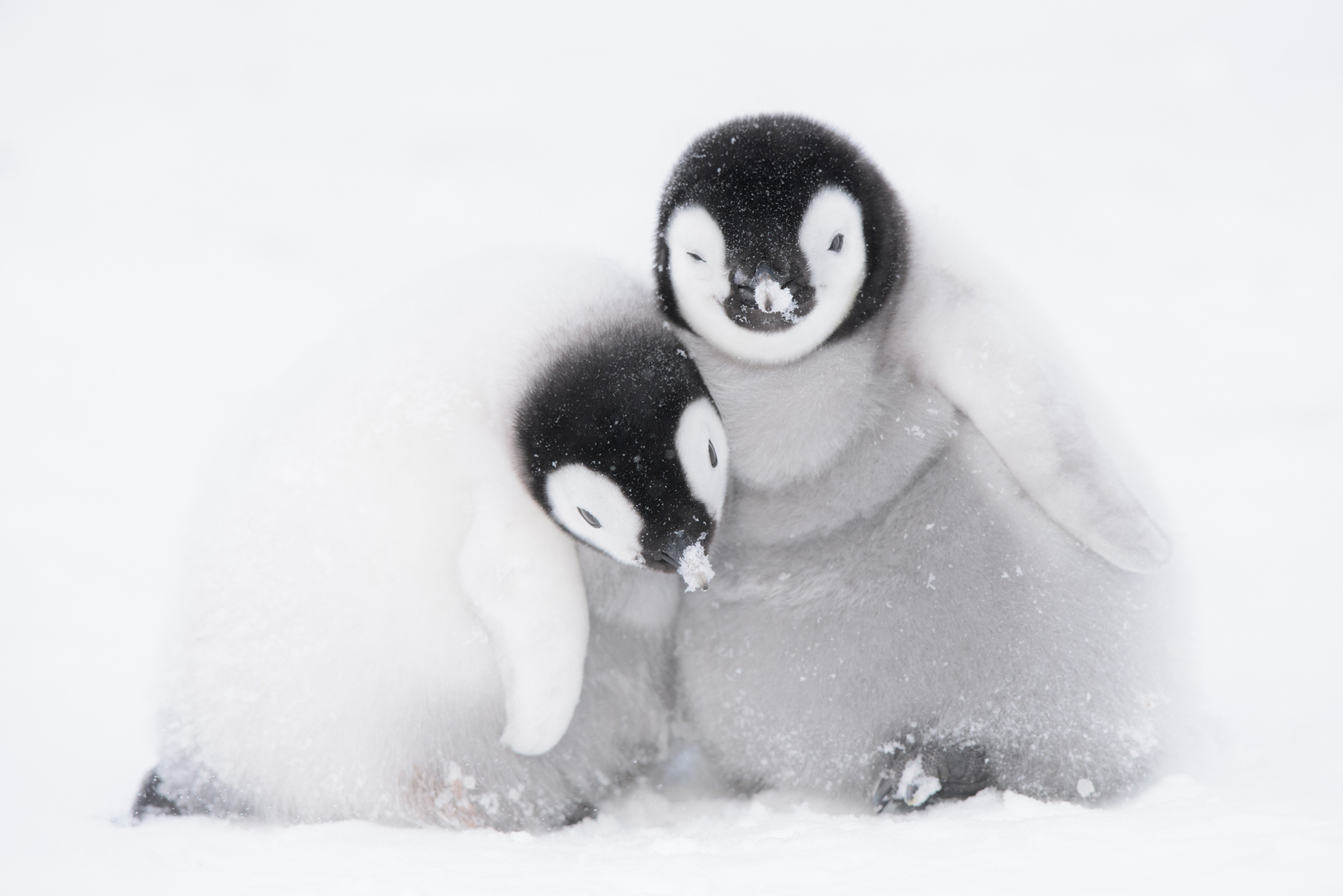
Also, he felt that structurally there had been a convergence with the dramatisation of animal stories and that the natural, long form drama in wildlife films has enormous potential, but they rarely have the length of time needed to let that dramatic form play out.
"I'm not suggesting that the drama is scripted," he clarifies. "They're animals and they don't read scripts. Or you could say, 'I want to write a Shakespearean story,' and go paint some shots in like that is what happened. There is nothing wrong with that, but we wanted to tell it as it happened. In a scripted drama, normally the hero never dies. But in Game Of Thrones, the hero can die and often does, and that's true in nature, too."
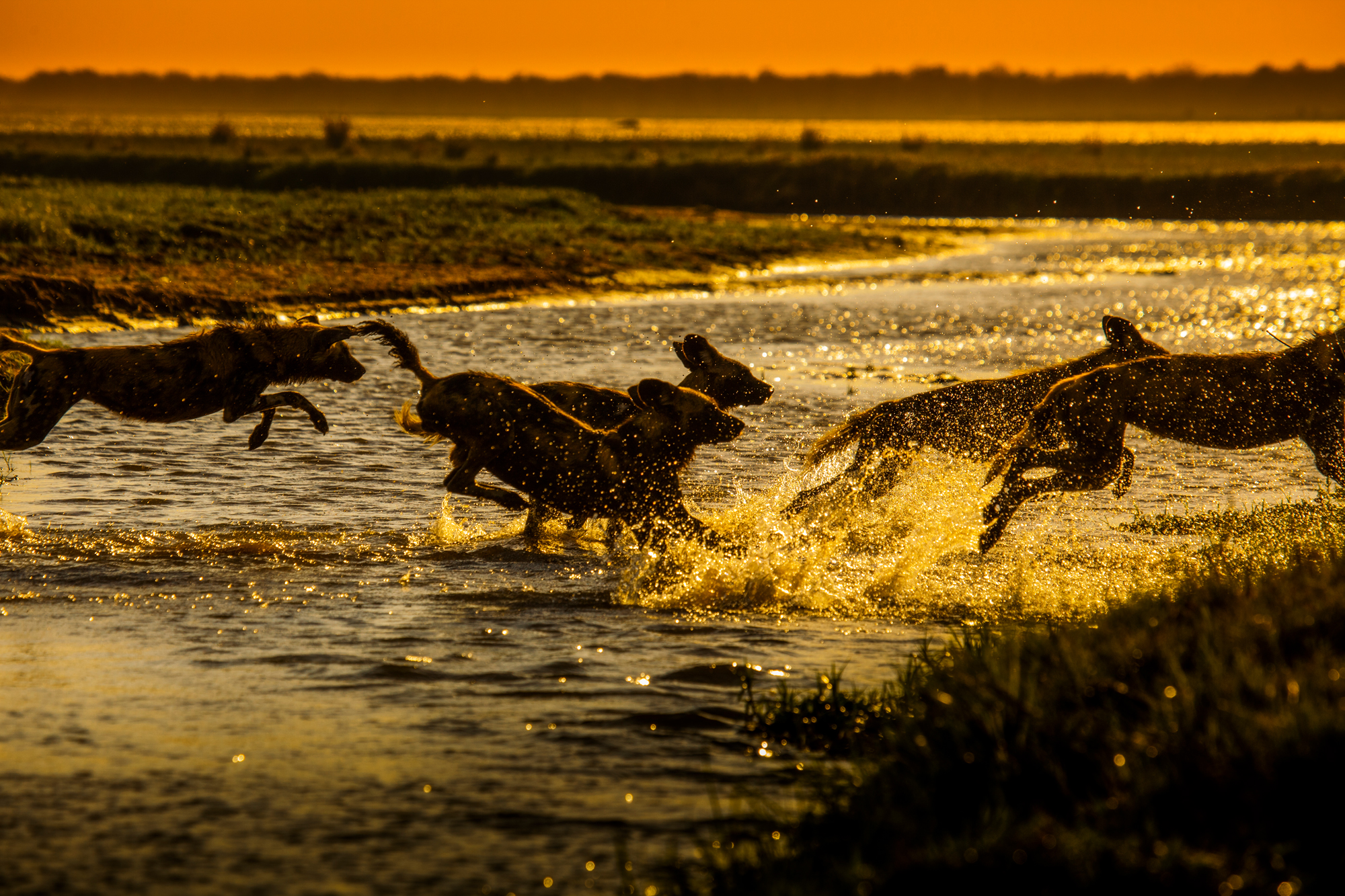
Once the format was in place and Gunton got the BBC Commissioner to sign off -a feat in itself with such a risky production that involved following five particular animal families (Emperor penguins in the frozen wastes of Antarctica, chimpanzees on the edge of the Sahara in Senegal, West African lions on the savannahs of Kenya's Masai Mara, painted wolves on the floodplains of the great Zambezi river in Zimbabwe and tigers in the jungles of Bandhavgarh, India) - it was time to assemble the teams. Lyon was to head up the Painted Wolf episode.
There, he had five teams of two (plus a guide/driver) who filmed the episode: a director/producer (who also did sound, carried loads of kit and directed), and a cameraperson. The director of photography was Warwick Sloss, who was on every shoot with Lyon, and then cinematographers Ted Giffords, Barrie Britton, Rolf Steinmann, Mark Yates, Justine Evans and researchers Louis Rummer-Downing and Alex Page, who operated drones.
"Depending on who was available and what shots I wanted to get I chose people I knew would give me a certain look," explains Lyon. "Working for a year in the same location, I started to see what a certain operator with a certain skill can bring out of the landscape. For example, Justine Evans is one of the ultimate night filmmakers around. You don't just have to be artistic, creative and technically competent - night/thermal cameras are temperamental - you also have to have endurance and strength of perseverance."
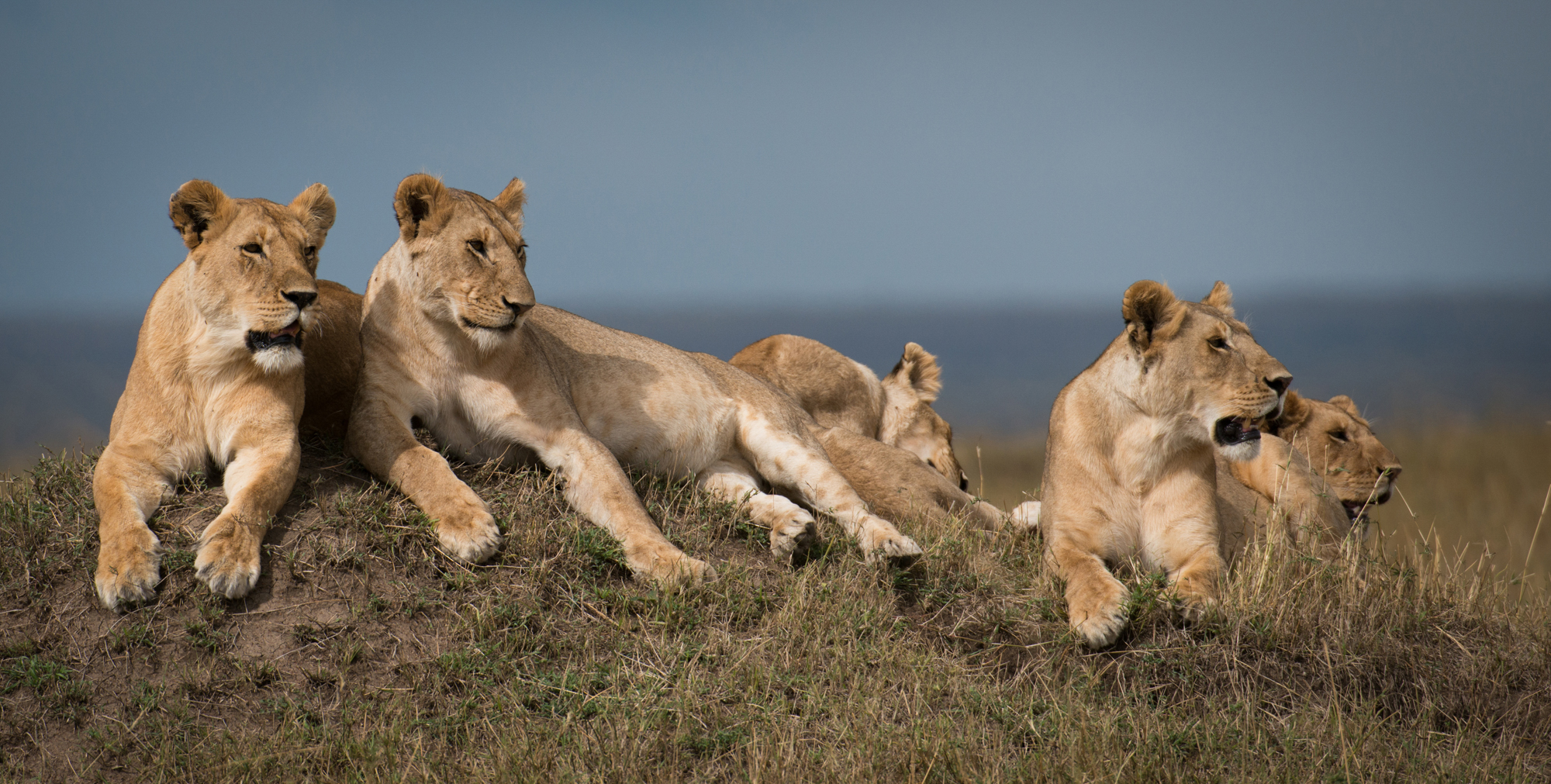
"Working for a year in the same location, I started to see what a certain operator with a certain skill can bring out of the landscape. You don't just have to be artistic, creative and technically competent - night/thermal cameras are temperamental - you also have to have endurance and strength of perseverance."
- Nick Lyon, Producer of 'Painted Wolves' episode
Working long night hours and sleeping during the 50-degree heat of the day, Evans was the one to capture one of the most emotional scenes of the episode when one of the puppies is taken by a Hyena. But of course, none of this would be possible without the expert skills of guides. African bush is not an easy place to live and even less to know intimately, but Bushlife Safaris owners and operators, Des and Nick Murray, and their team of guides, including Henry Bandure, Simeon Josia (who worked with Evans on that particular night) and Alex Naert helped enormously.
"I was completely reliant on Simeon's knowledge of the park," she recalls. "We were driving across the terrain, turning around a lot, following the dogs in all directions. It was impossible for me to really know where North was, but Simeon always knew where the dogs would like to go, especially if they'd head off in a particular direction; he'd think about where they normally go if they were going that way and we'd head off."
For 669 days in the field over two years, one month at a stretch, Lyon and his team captured 585 filming days, 60 nights and accumulated 313 hours of footage. The wolves were often ready for activity just as the sun was setting, which meant they needed lowlight sensitive gear as well as an ergonomic camera body.
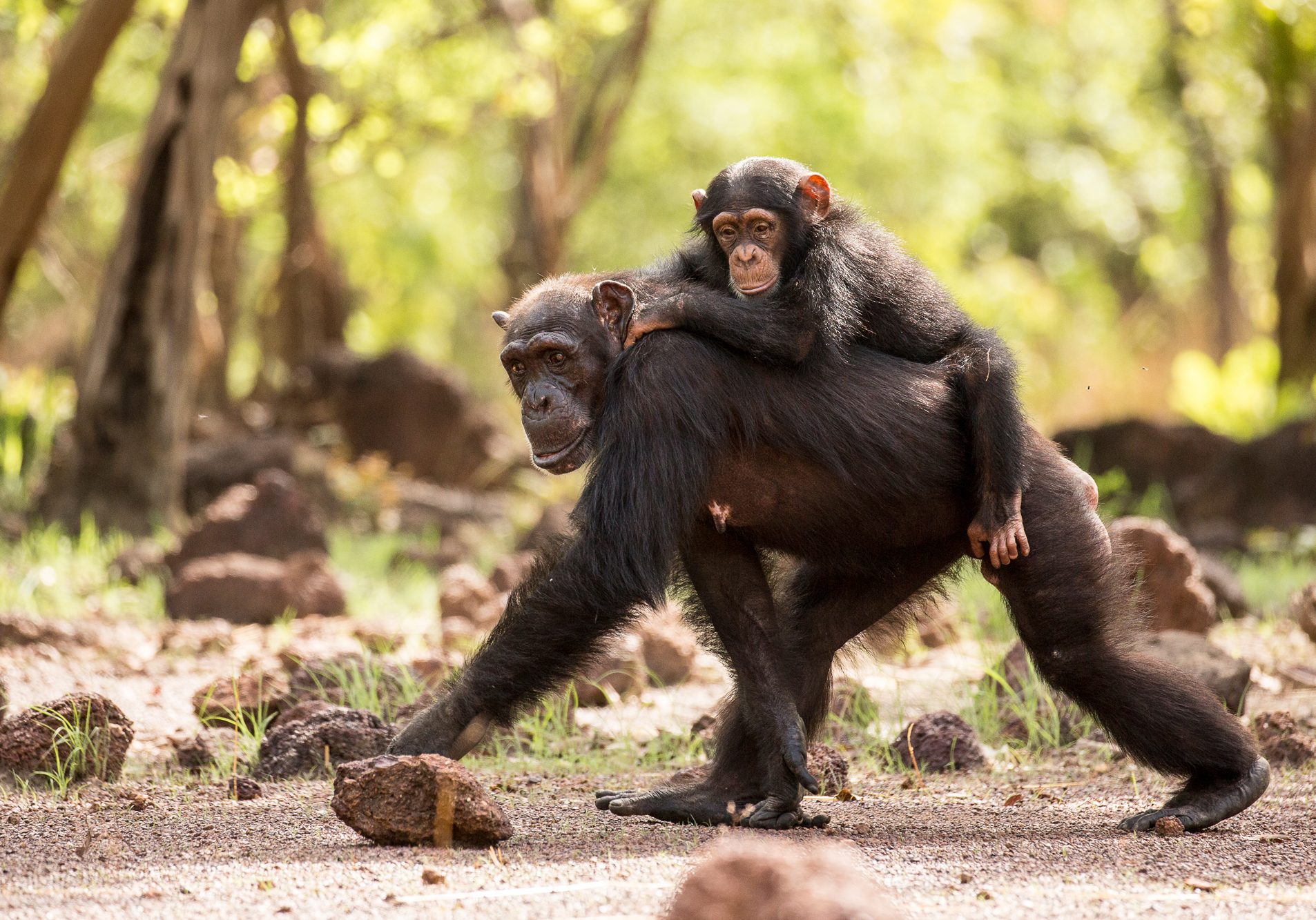
"We deviated from what NHU usually uses - REDs and ARRIs," says Lyon. "Back in the Planet Earth days, we used the Varicams, and three years ago, Panasonic was bringing out two new versions: the HS which is HD and a three-chip sensor, and the Varicam 35, a Super35 sensor with a single CMOS." For Evans's night work, they used a proprietary model, the Ammonite Thermal, which is made by a production company based in Bristol renowned for their night-work kit. "It's not even SD, but it looks incredible."
Attenborough had never observed painted wolves in the wild for any length of time, but he was continually impressed by the unique relationship between the Bushlife Safaris team and the BBC team. "They knew that group absolutely perfectly," he says. "It shows how well it can be done when you have real experts who understand the animal."
Dynasties premiered on BBC America on January 19 in the US, and episodes are available in the UK on BBC iPlayer.








